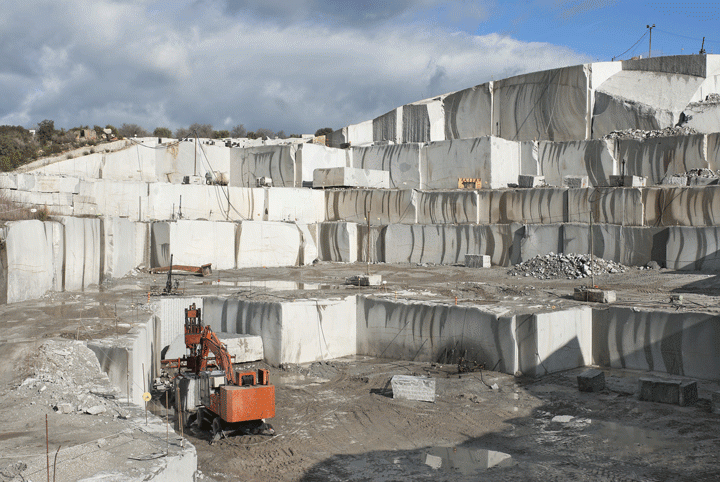Checking Out Granite Quarries in South Africa Industry: From Quarry to Masterpiece
Checking Out Granite Quarries in South Africa Industry: From Quarry to Masterpiece
Blog Article
Uncovering the Rich History and Lasting Practices of Granite Quarrying
As we base on the precipice of revealing the complex tapestry of granite quarrying, a trip with time discloses not just the physical act of drawing out rock however additionally the cultural and historical value woven into the extremely textile of this practice. From the ancient beginnings that laid the structure for modern-day quarrying techniques to the sustainable techniques that are forming the future of this industry, each sculpt mark on granite surface areas narrates waiting to be discovered (granite quarries in south africa). The heritage of granite quarrying extends far beyond simple removal; it is a testimony to human ingenuity, resilience, and the enduring appeal of this majestic stone
Ancient Beginnings of Granite Quarrying
Going back to old civilizations, the practice of quarrying granite has been an indispensable part of human background and architectural innovation. The earliest proof of granite quarrying dates back to old Egypt, where massive pyramids and complex sculptures were crafted from this long lasting stone. The Egyptians made use of primitive devices to remove granite blocks from quarries, showcasing the relevance of this product in their monumental constructions.
Moving ahead in history, the Greeks likewise made considerable contributions to the quarrying of granite. The Greeks utilized granite in different architectural marvels, such as temples and statues, demonstrating their ability in shaping and sculpting this durable rock. The Romans better improved the strategies of quarrying granite, utilizing sophisticated tools like blades and hammers to extract and shape granite for their iconic frameworks.
Via the centuries, the method of quarrying granite has developed, with modern technologies boosting performance while preserving the ageless appeal of this natural rock - granite quarries in south africa. From ancient worlds to contemporary builders, the heritage of granite quarrying remains to shape our globe
Advancement of Quarrying Methods
The evolution of quarrying techniques has actually been marked by a continuous development in the direction of higher performance and precision in removing granite. Early quarrying techniques entailed manual labor with fundamental devices such as chisels, hammers, and wedges to draw out granite blocks from the planet.
Improvements in computer-controlled tools and 3D modeling have actually enhanced quarrying procedures, leading to very little ecological effect and enhanced sustainability methods. As the demand for granite continues to rise, the evolution of quarrying techniques continues to be indispensable to meeting industry needs efficiently and see this sustainably.
Social Importance of Granite
Granite holds an extensive cultural significance throughout various human beings due to its enduring visibility in architectural work of arts and admired monoliths. The cultural significance of granite prolongs beyond its physical qualities; it personifies durability, security, and timelessness, making it an icon of withstanding heritages and traditions.

Sustainable Practices in Quarrying
Amidst the abundant history of granite quarrying and its cultural value exists a growing focus on sustainable practices within the sector. As environmental recognition and worries regarding source exhaustion have enhanced internationally, the quarrying sector has actually progressively embraced lasting methods to lessen its effect on the setting and bordering communities.

Additionally, improvement and rehab of quarry sites post-extraction are essential to sustainable practices. By restoring quarried locations to an all-natural or advantageous state, such as producing wildlife environments or entertainment rooms, quarriers can counter the ecological footprint of their operations and add favorably to the Learn More regional community.
Legacy of Granite Quarrying
With a historical background soaked in craftsmanship and industrial progression, what withstanding effect has granite quarrying left on the landscape of modern culture? The heritage of granite quarrying transcends mere removal methods; it has formed building marvels, city landscapes, and social heritage worldwide. The resilient nature of granite has actually made it a favored option for monoliths, structures, and infrastructure, standing as a testimony to the ability and artistry of quarry employees across generations.
Moreover, the financial footprint of granite quarrying can not be forgotten. The market remains to supply employment possibilities and drive regional economies in areas where granite extraction is widespread. It has additionally spurred technical developments in quarrying strategies this link and equipment, bring about much more reliable and sustainable techniques.
In regards to sustainability, the legacy of granite quarrying includes initiatives to minimize environmental effects via reclamation projects and accountable source monitoring. By balancing economic interests with environmental stewardship, the market makes every effort to ensure that future generations can continue to take advantage of this long-lasting natural deposit.
Conclusion

Report this page